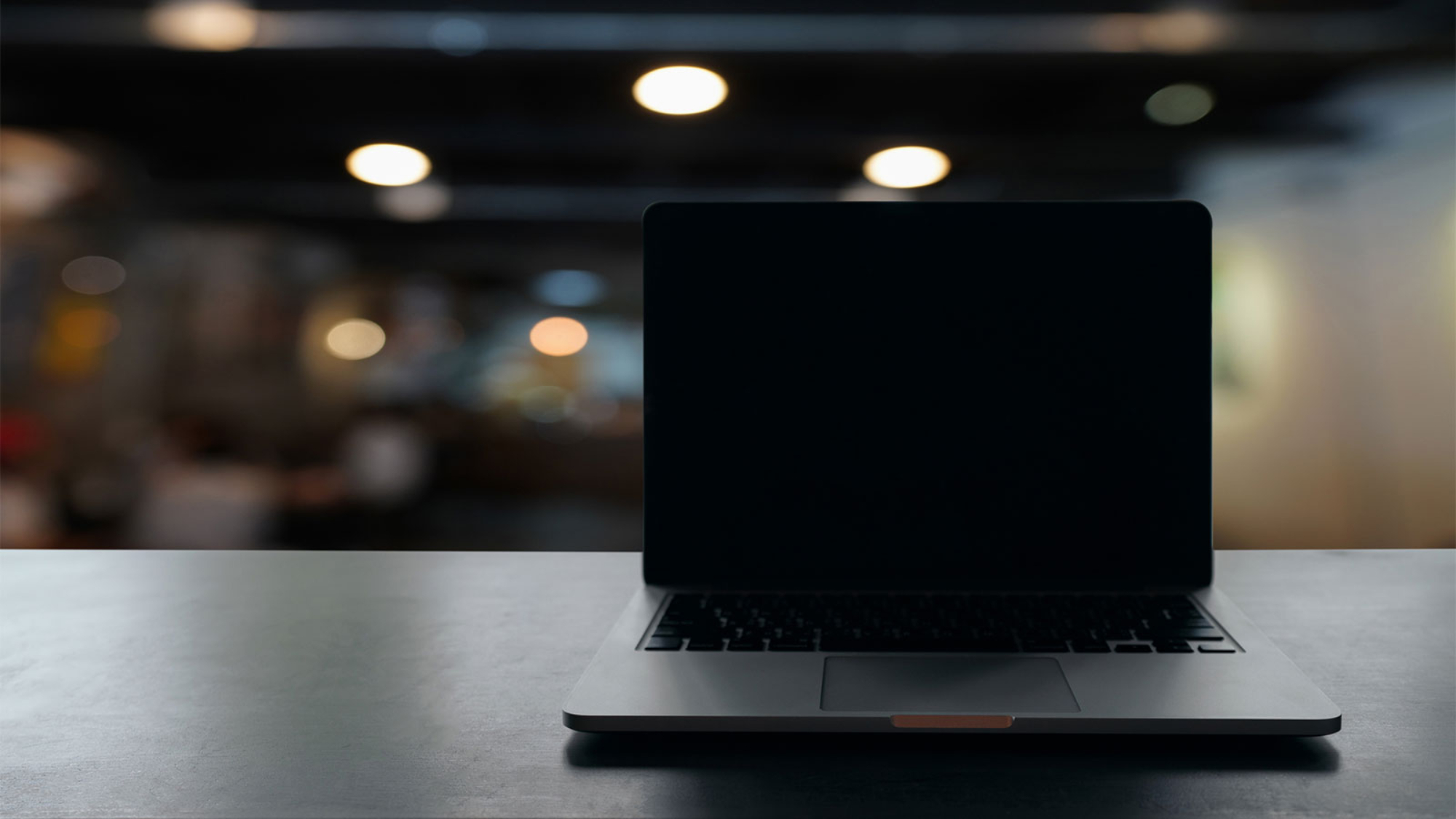A black screen on your laptop can look very intimidating, but there is no need to freak out because there are quite a number of troubleshooting measures that you can do in order to find the problem and then fix it. This will walk you through a series of solutions ranging from the simplest to the most technical ones in getting your laptop up and running again.
How to Fix a Laptop If the Screen Is Black
To fix a black laptop screen, check power connections, test with an external monitor, adjust brightness, perform a hard reset, and boot in Safe Mode. If the issue persists, update or roll back graphics drivers, or seek professional help to diagnose potential hardware failures.
1. Check the Power Supply
First, ensure that your laptop is powered on. The easiest thing to inspect is whether your laptop is just plain off. Look for any indicator lights or listen for any sounds.
Check the power supply: If your laptop refuses to turn on, make sure that its power adapter is properly connected and functional. Try plugging the charger into a different outlet or using a different charger.
Battery check: If your laptop has a removable battery, remove the battery and press and hold the power button for 15-20 seconds to drain residual power, then plug back in the battery and power on the laptop.
2. Check the Display
External monitor: Connect your laptop to an external monitor using an HDMI or VGA cable. If the external monitor projects your laptop screen, then it could show that there is a fault in the built-in display of the laptop.
Display brightness: Be sure that the brightness of the screen hasn’t been set too low. Press the right combination of brightness function keys on the keyboard to adjust the brightness.
3. Perform a Hard Reset
A hard reset will solve most of the hardware problems.
Hard reset steps:
- Switch the laptop off completely.
- Disconnect all the external devices like a USB drive, hard drives, etc.
- Now remove the power adapter and if possible the battery.
- Press and hold the power button for 15-20 seconds.
- Put the power adapter and battery back, and switch on the laptop.
4. Boot in Safe Mode
Booting the laptop in Safe Mode will let you know whether the fault is in the hardware or software. It may also automatically fix the fault.
How to boot in Safe mode:
- Switch off your laptop.
- Now turn it back on, and as soon as possible, start hitting the F8 key, or whatever key your laptop requires, continuously until you’re taken to the Advanced Boot Options menu.
- Then select “Safe Mode” and hit Enter.
- If your laptop now boots into Safe Mode, that suggests that some software or driver issue is causing your black screen.
5. Update or Roll Back Drivers
Black screens may also be caused by outdated or corrupted graphics drivers.
Update drivers:
- Boot into Safe Mode.
- First, open the Device Manager. You can simply search for it in the Start menu.
- Expand “Display adapters.”
- Right-click your graphics driver and select “Update driver.”
Roll back drivers:
- Right-click the graphics driver and select “Properties.”
- If the problem started after an update, go to the “Driver” tab and click “Roll Back Driver.”
6. Check Hardware Failures
If none of the above steps work, then the problem is related to hardware failure.
Faulty RAM: It could be the primary cause of the display problem. If you are comfortable doing it, then reseat the RAM sticks or test them one by one.
Professional Repair Services: It’s probably time for you to allow your computer to be serviced professionally if there is something you cannot do by yourself to fix the problem.
A black screen on a laptop can be caused by a wide range of problems, from very simple power issues to severe hardware failures. These steps will help you diagnose and often fix the problem yourself. However, if it is still there, do not hesitate to contact us below.
